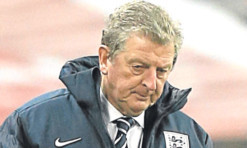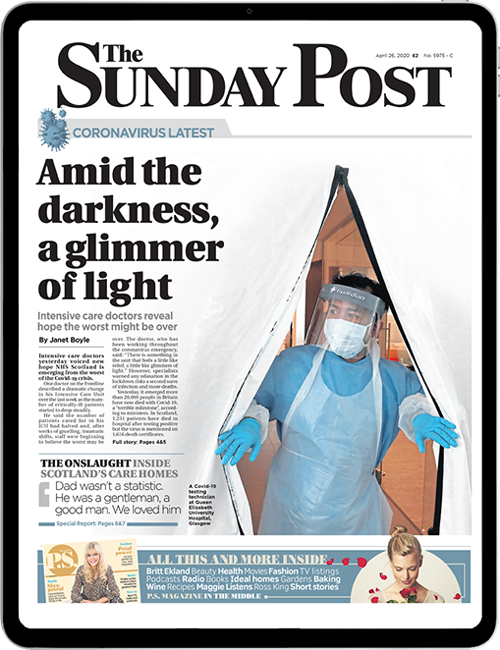
England manager is left with many questions after last week’s set of friendlies.
It takes a lot to make Roy Hodgson angry. But, squeezed tightly with a group of journalists into a tiny room in the bowels of Wembley, he came close to becoming just a little prickly.
The England manager had quickly picked up on the mood and he didn’t like it.
The correspondents, all with several decades of experience following the national team, were downbeat after two successive Wembley defeats, albeit in friendlies.
They were expressing a familiar concern about England coming up worryingly short any time they play a half-decent team.
Hodgson clearly didn’t agree. His argument was that the purpose of friendlies is to find out more about his players. Results are secondary.
He pointed out that when it really mattered in qualifying, his team stepped up to the plate.
He has a point. Even if much of what he discovered last week against Chile and Germany was negative, at least he’s more informed now.
The bigger question is whether England have a better squad now than they had when Hodgson took over just before Euro 2012.
And I’m not so sure they do.
Is Frank Lampard better than he was 18 months ago? No. What about Ashley Cole? No. Joe Hart? No again. Glen Johnson? Jermain Defoe? Michael Carrick? James Milner?
Steven Gerrard’s form hasn’t dipped but his body is beginning to creak. You can’t even argue that Wayne Rooney, the team’s most-important player, is more effective at 28 than he was at 26.
Have younger players like Danny Welbeck, Phil Jones, Theo Walcott and Alex Oxlade-Chamberlain developed significantly since they went to Poland and Ukraine? Probably not.
John Terry was still pretty effective at that tournament. Is Gary Cahill as good as his Chelsea team-mate was? Or even as good as Terry is now?
Is Rickie Lambert superior to the 2012 version of Andy Carroll or does Tom Cleverley give more to central midfield than Scott Parker did?
And what about Jack Wilshere? Injury ruled him out of those Euros and fitness issues are still preventing him fulfilling his promise.
So where exactly are England better equipped than they were when Hodgson took the job?
Leighton Baines and Phil Jagielka have made solid progress, Daniel Sturridge clearly has potential and Andros Townsend may prove to be a real find.
After that, I’m struggling. And it’s no criticism of Hodgson.
In fact, given that age has caught up with so many of his better players and that the pool for new talent is still shallow, he’s done a pretty good job getting England this far.

Enjoy the convenience of having The Sunday Post delivered as a digital ePaper straight to your smartphone, tablet or computer.
Subscribe for only £5.49 a month and enjoy all the benefits of the printed paper as a digital replica.
Subscribe